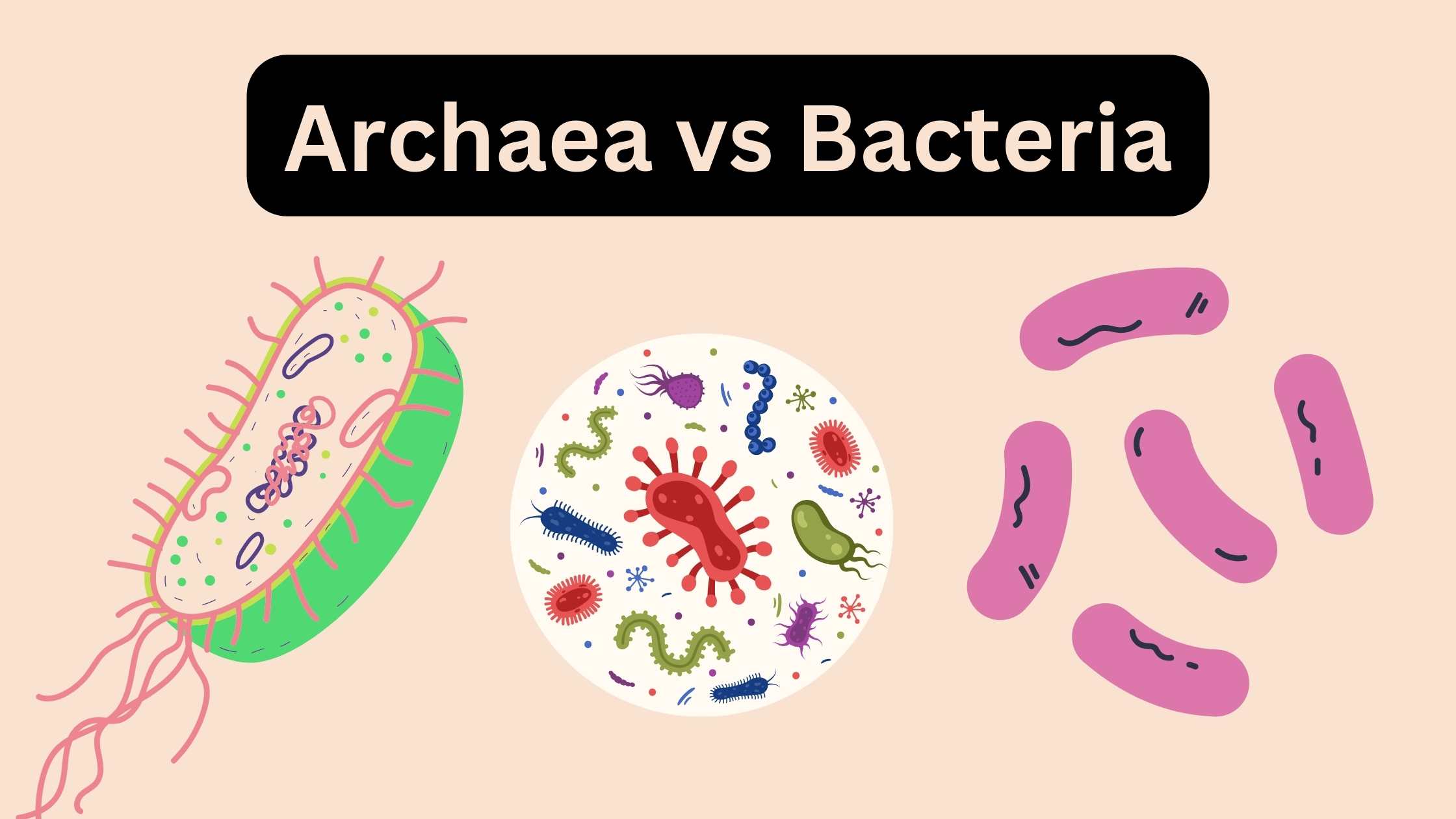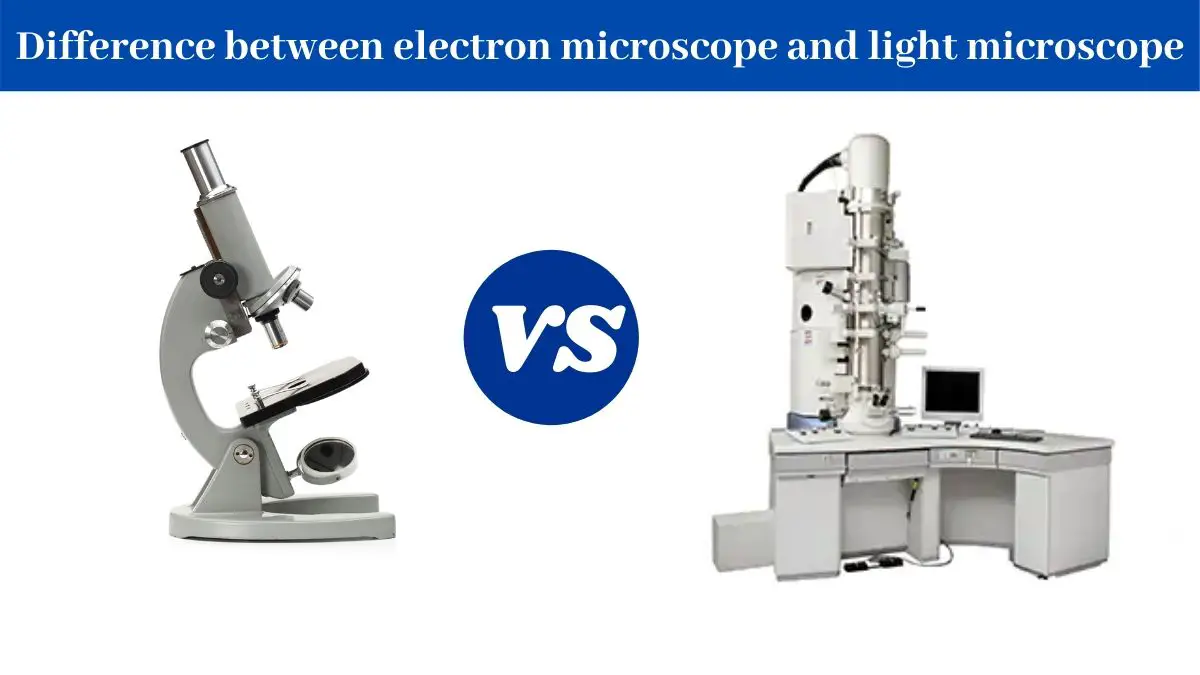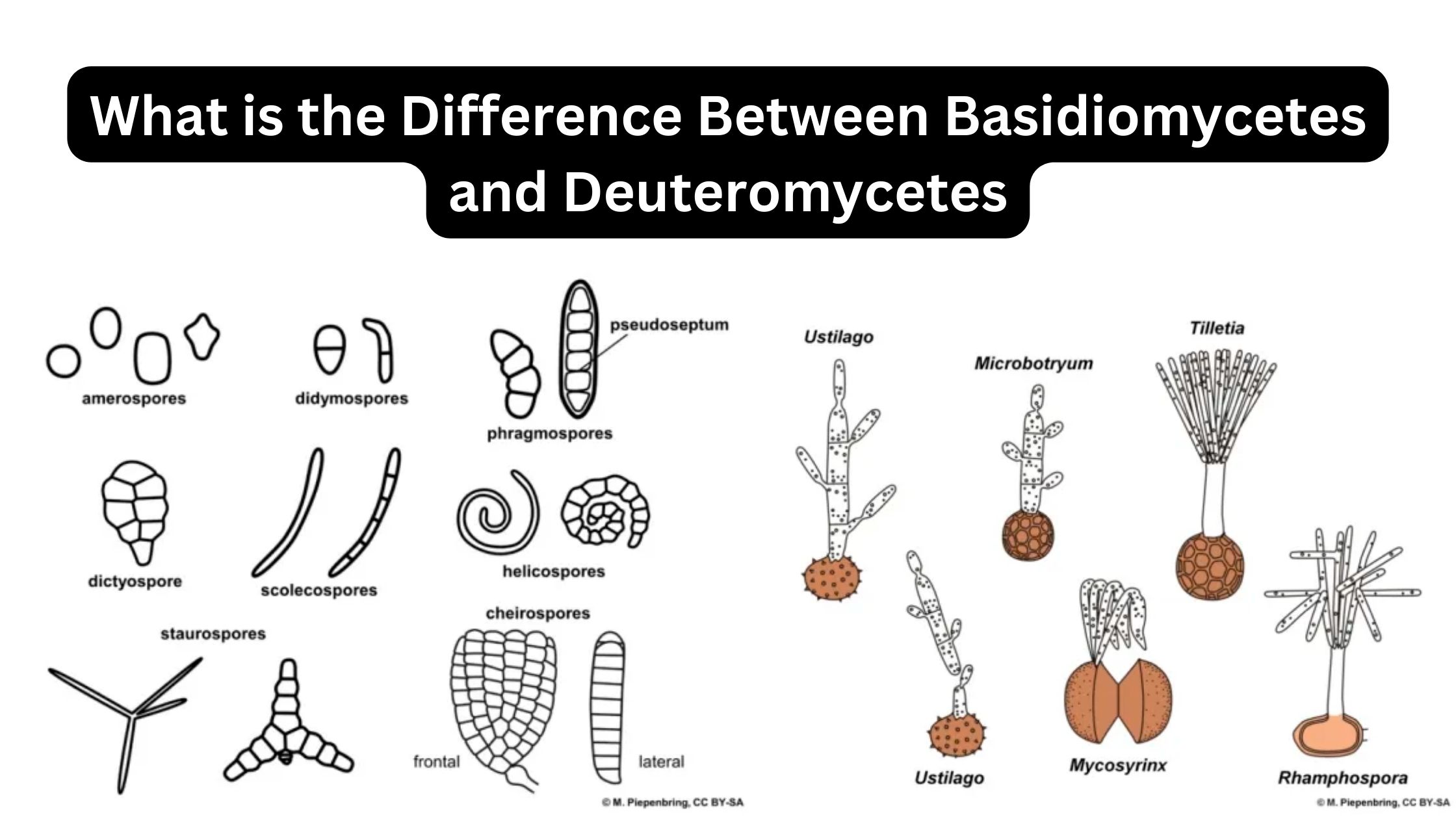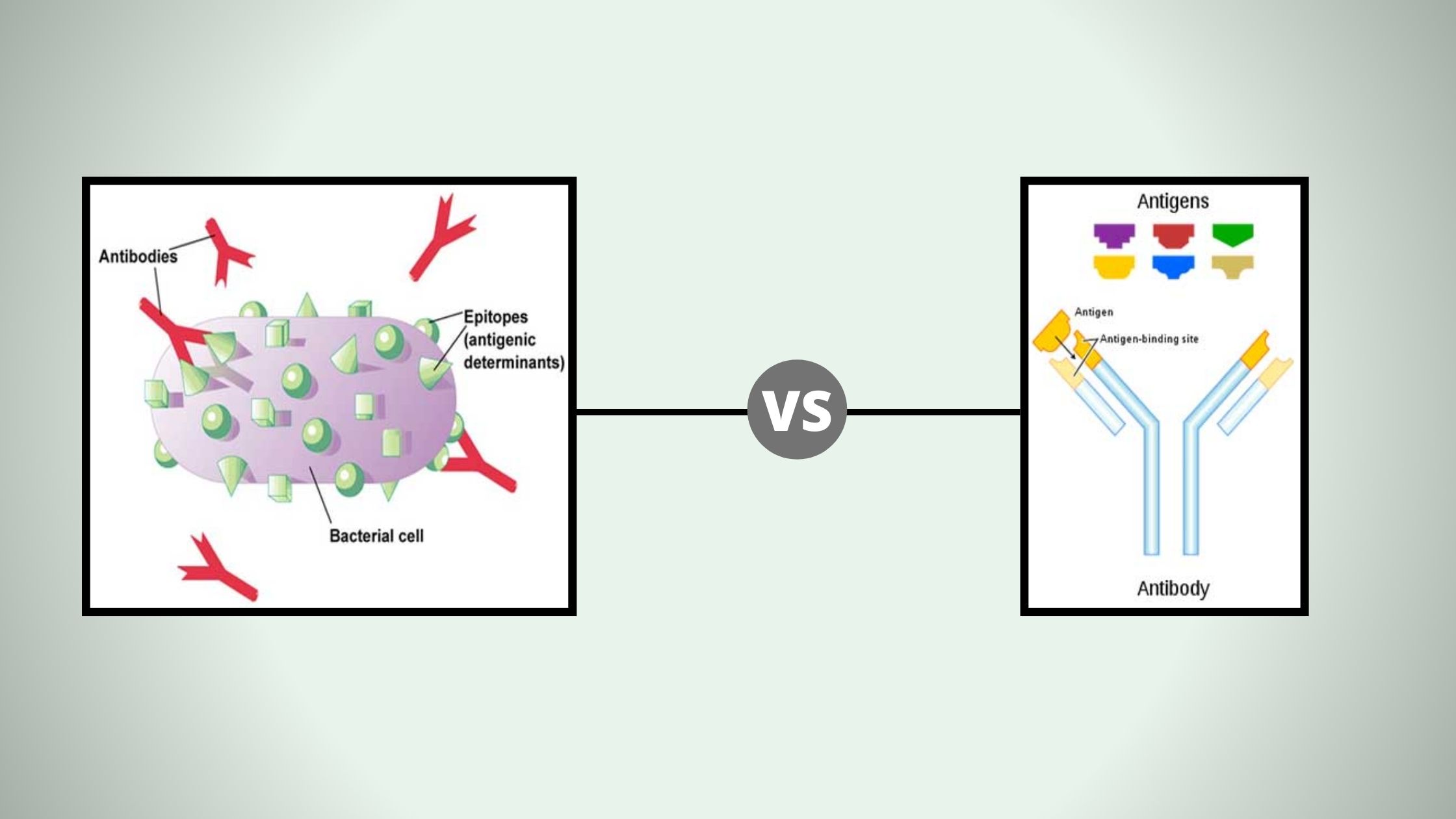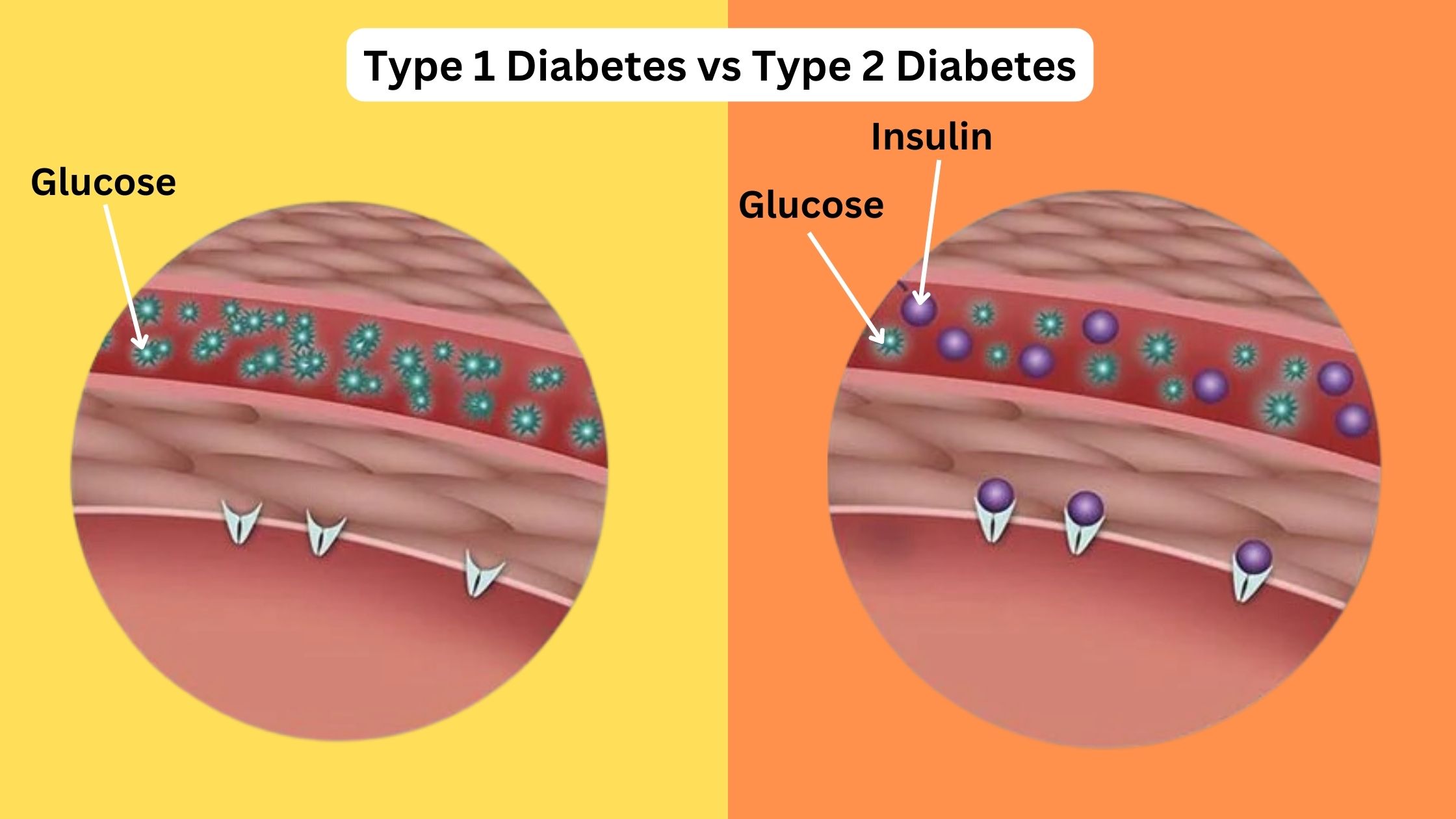Archaea vs Bacteria – Definition, Difference, Examples
What is Archaea? Examples of Archaea What is Bacteria? Examples of Bacteria Archaea vs Bacteria – Differences Between Archaea and Bacteria Bacteria and Archaea, both belonging to the prokaryotic realm, are single-celled microorganisms that lack a defined nucleus and other membrane-bound organelles. Despite these similarities, they exhibit distinct characteristics that set them apart in terms … Read more
